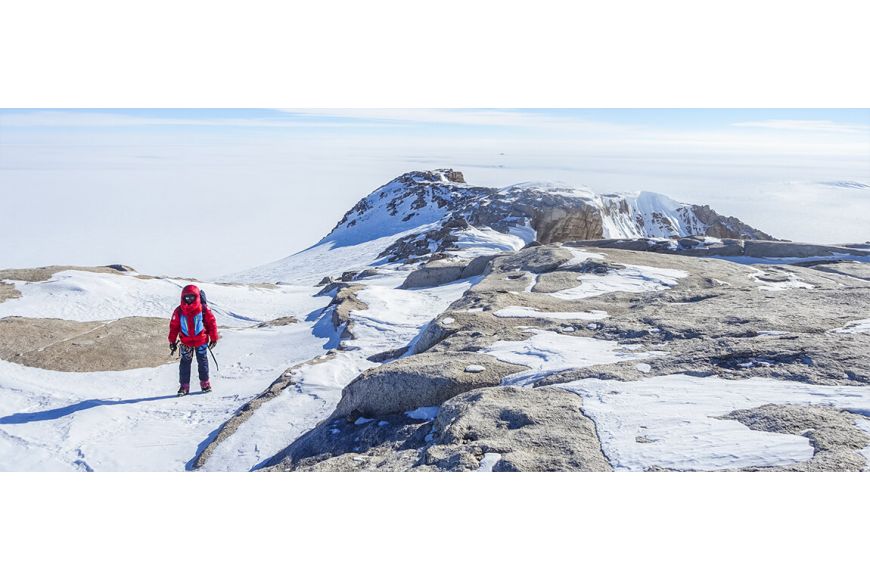
For high mountain sports and to withstand the cold you need :
-
A three-layer system on the upper body (thermal underwear, fleece, insulating jacket)
-
A two-layer system on the lower body (thermal underwear and insulating pants)
-
Mountaineering or trekking boots in high mountains
-
Protection for the extremities: two pairs of gloves, a cap, a hood, etc.
Choosing the right outfit to face extreme temperatures is a mandatory step to make sure you enjoy your expedition in the coldest conditions. Tested by professionals, the equipment Millet are known for their performance in extreme cold.
The three-layer system: indispensable for fighting the cold
Insulation, keeping warm and breathing: the three-layer system ensures all the needs of the sportsman in the mountains. These three superimposed layers make it possible to adapt to the sportsman's level of effort and to extreme and changing climatic conditions.
Choosing thermal and breathable underwear
Thermal underwear is the first layer of a mountain outfit. They must meet two requirements: to keep the heat emitted by the body, and to evacuate perspiration. Here are the characteristics to be checked on thermal pants and T-shirts:
- In the active phase, thermal underwear must be breathable, dry quickly and wick away perspiration. It is then necessary to choose materials (such as Seamless Drynamic developed by Millet) that quickly push sweat outwards and avoid overheating during effort while keeping the body dry.
- In the passive phase, thermal underwear is there to prevent heat loss. Hybrid materials such as Wool Blend, which blends Merino wool and polyester, are used.
Choose a second layer to keep warm
Above the first layer, the second layer concentrates only on providing warmth. It is this layer that acts most strongly against the cold.
The second layer is mostly made of fleece, a material that ideally accompanies the movements of the sportsman thanks to its stretch properties. At MilletPolar fleece jackets are worked to the smallest detail to meet the constraints of minimum weight and maximum comfort.
Choosing a third insulating layer
The third layer is the one that will be in direct contact with snow, rain and wind. Its purpose is to insulate you from the outside. It is therefore important to choose a waterproof and windproof jacket, as the second layer already keeps you warm.
For a high mountain jacket, forget the Softshells and go for very resistant Hardshells. Here is a list of the essential characteristics of a Hardshell jacket for extreme cold:
-
A waterproof (not water-repellent) Gore-tex® membrane;
-
A light weight and a tight fit, so as not to impede the athlete's movements;
-
Reinforcements at strategic points (shoulders, elbows, etc.);
-
A zipped ventilation system under the arms for the active phases;

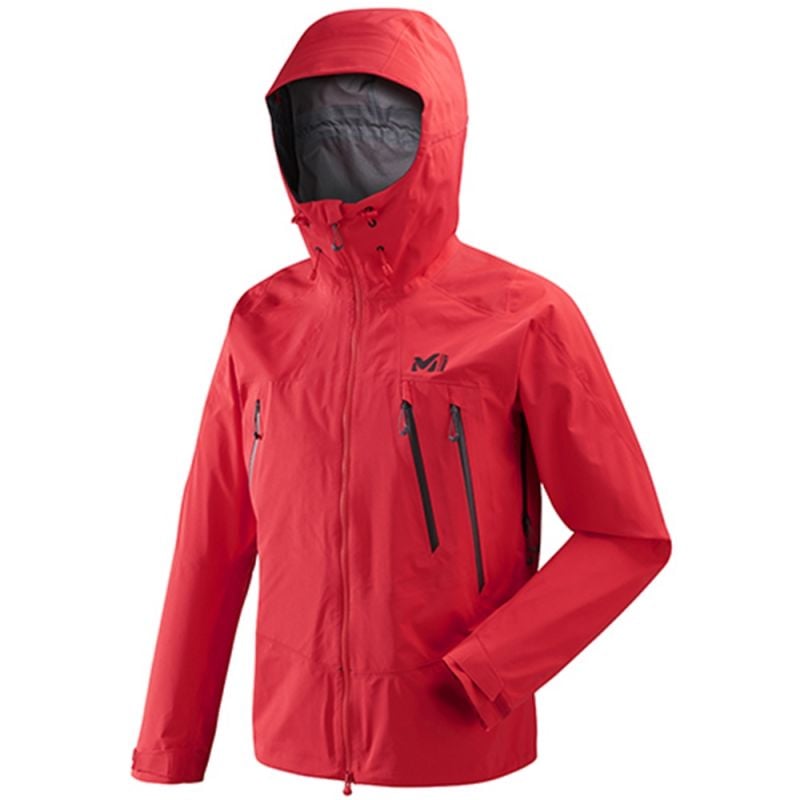 |
 |
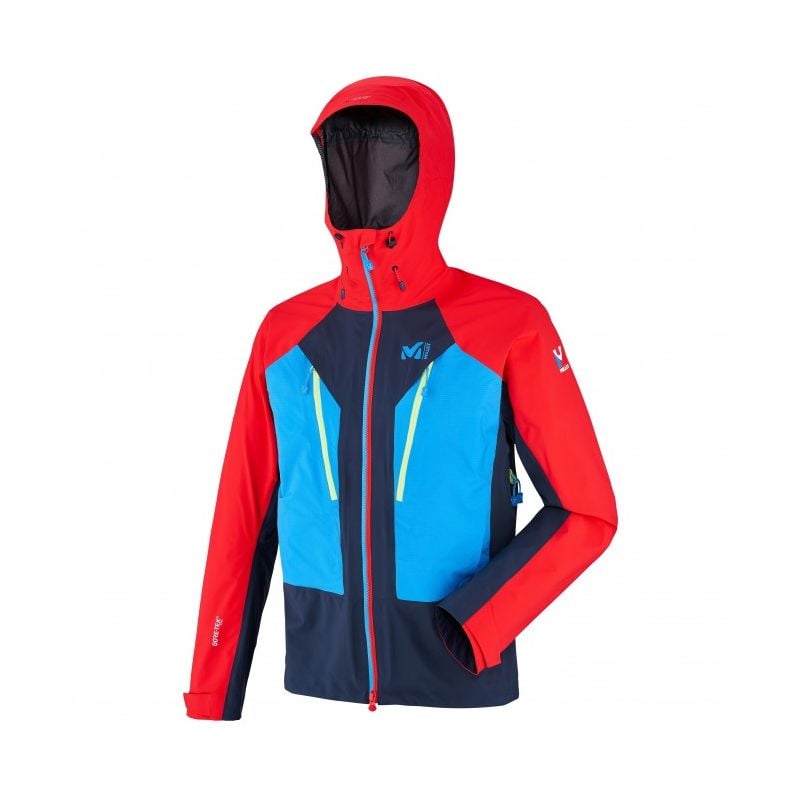 |
| Winter Jacket K Gtx Pro Jkt M M Millet | Trilogy V Icon Dual GTX jacket woman Millet | Millet Trilogy V icon dual gtx pro jacket |
Which boots are recommended for high mountains?
Finding the right shoes to go and face the snowy summits requires a bit of research. Fortunately, at Millet our experts can help you choose the right shoes for mountaineering, approach or trekking in the mountains.
Finding the right size mountain boots
For the size of your shoes, the size of your strongest foot is your reference point. Add an extra size to this first measurement. This extra space will allow you to be comfortable even with good mountaineering socks.
If your heel comes off the sole too much then the shoe is too big. And on the contrary, if you feel cramped at the front of the foot, then the shoe is too small.
Finding the right size for high-mountain boots
Exposed to extreme temperatures, difficult terrain and snow, mountaineering or trekking boots in the mountains do not react in the same way. It is therefore necessary to define your needs beforehand in order to fit your feet properly.
To practice mountaineering boots must be :
-
Adapt to the crampons used by the athlete
-
Possess an adherent and durable sole that limits shocks. Insoles with the Vibram label are particularly reliable for mountain activities.
-
Be waterproof, breathable and comfortable. Gore-Tex® performs all its functions
-
Protect from very low temperatures (-10 to -15), with good insulation (Primaloft® and/or Gore-Tex®)
Protect your face and hands: high-mountain gloves and headgear.
The extremities are the parts of the body most exposed to the cold and are also the places most prone to frostbite and nails. They must therefore be equipped with great care.
Choosing gloves for extreme cold
Warmth, practicality and resistance are the key words for high-mountain gloves. For expeditions in very cold regions choose a Primaloft® padding and a Gore-Tex Windstopper® membrane. Ice and rocks can put your gloves to the test, a leather reinforcement on the palm and fingers provides better grip and reduces glove wear.
To maintain freedom of movement, mountaineers are used to wearing thin, warm gloves underneath their mountaineering gloves or mittens. In this way it is possible to remove only the first layer in case of manoeuvres that require precision.
Caps and headbands for extreme cold
In the mountains, much of the heat loss is in the head area. It is therefore advisable to protect it with a hat or headband. Ears are particularly sensitive to cold and frostbite. To choose a high-mountain hairstyle, it is therefore necessary to look at :
- Its composition: merino wool is warm and dries quickly. But for more breathability it is better to choose hybrid materials.
- Its shape: the headband can be used in addition to a good hood. On a bonnet, a flap for the ears is very useful.
Remember that even in mild temperatures, you should wear a hat to protect yourself from the very aggressive sun rays in the mountains.


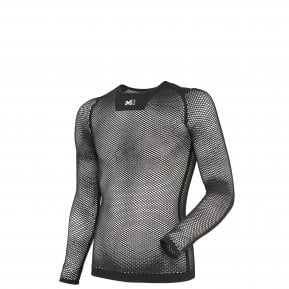


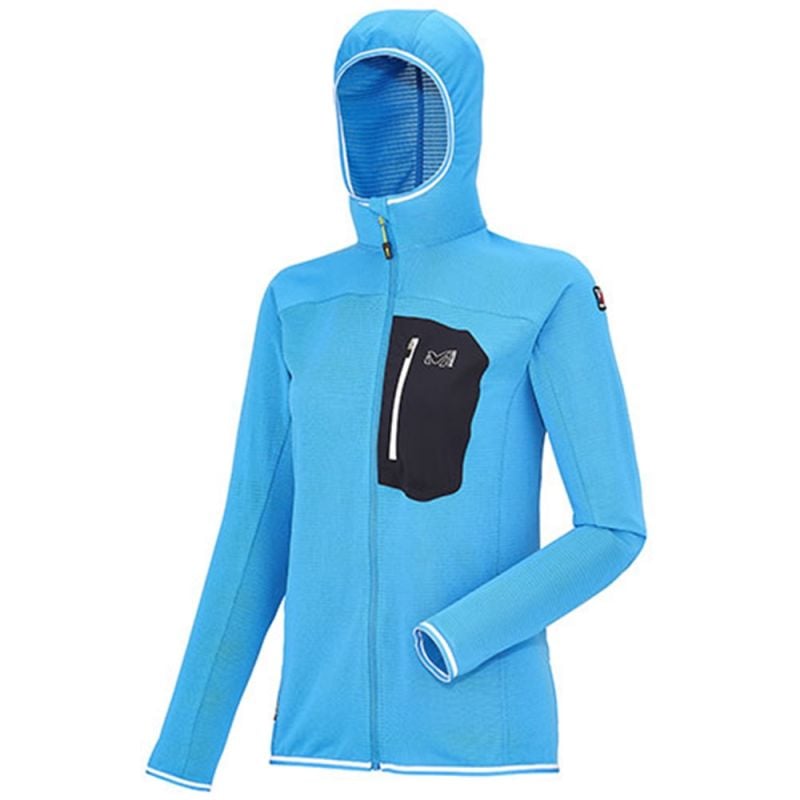
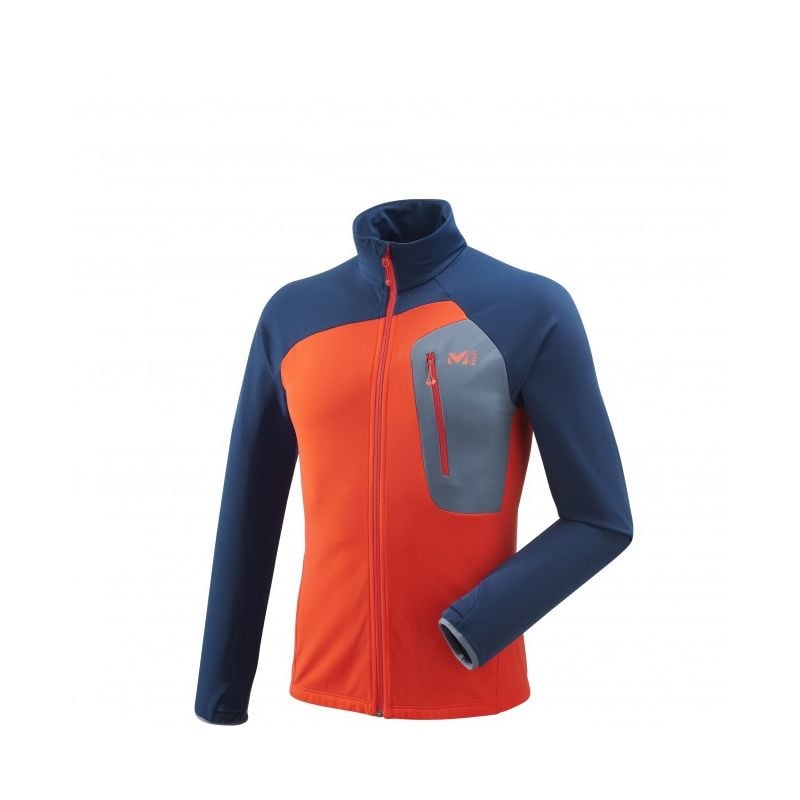

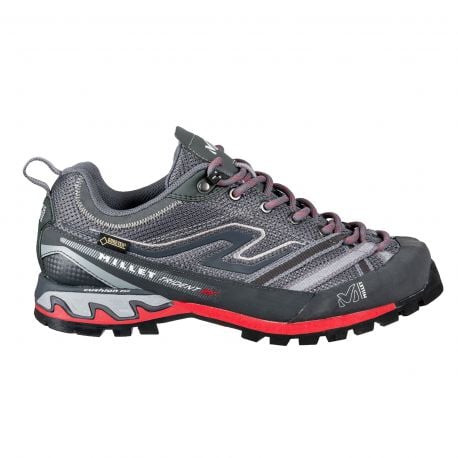
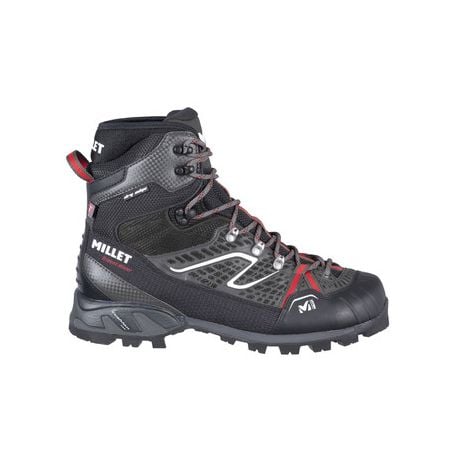

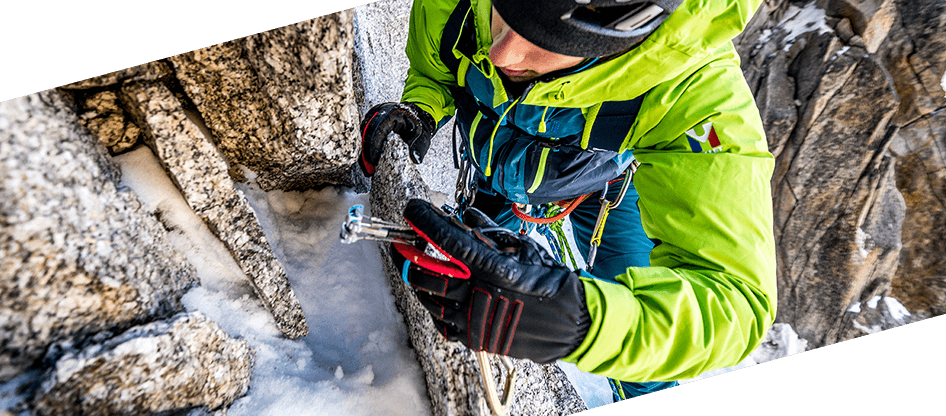

Leave a Reply
All fields are required